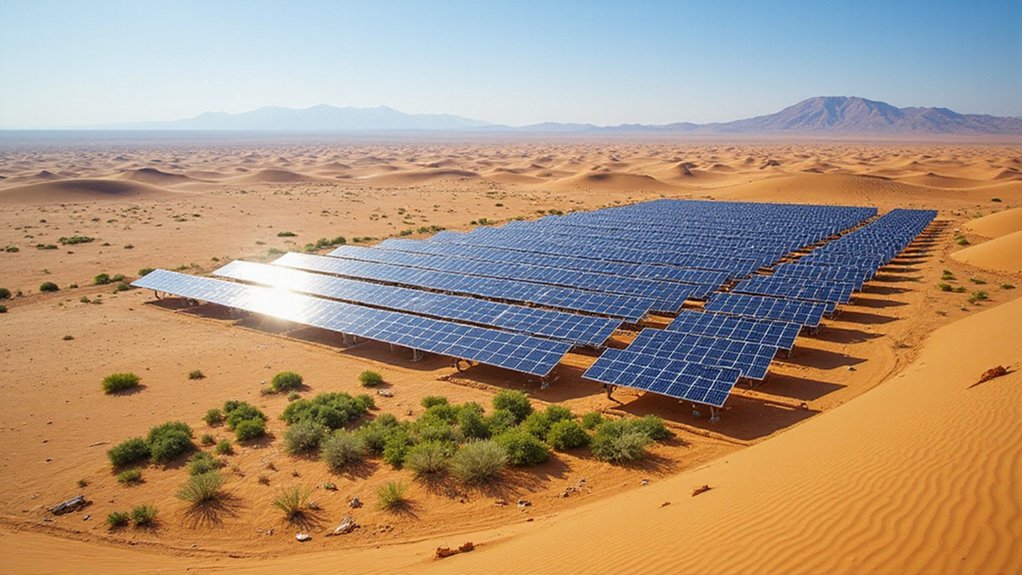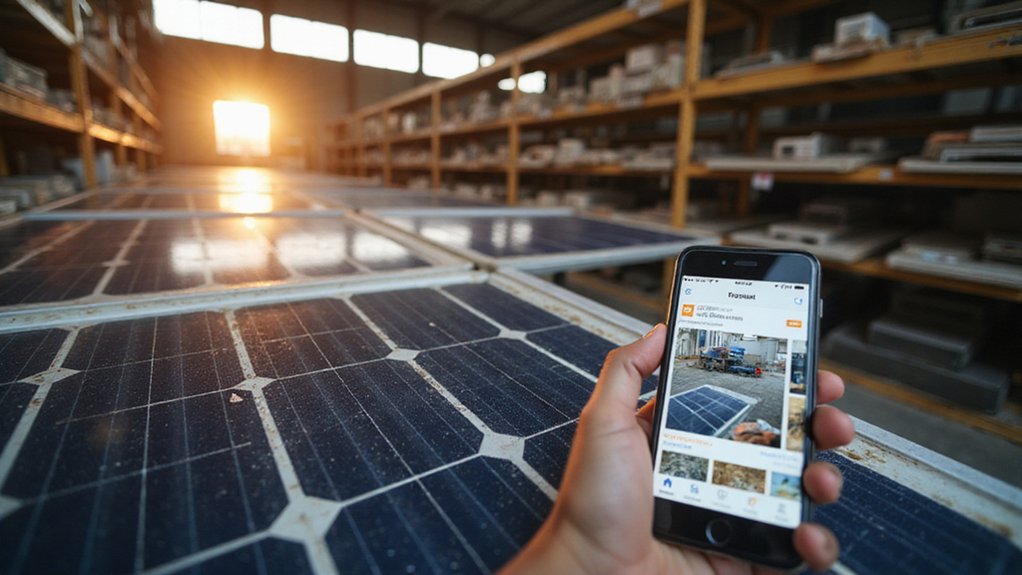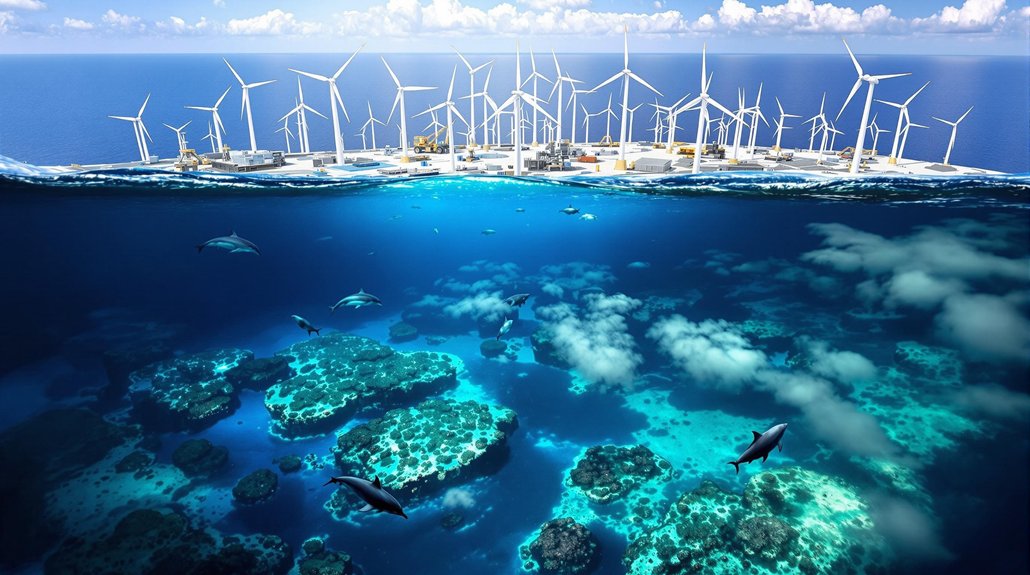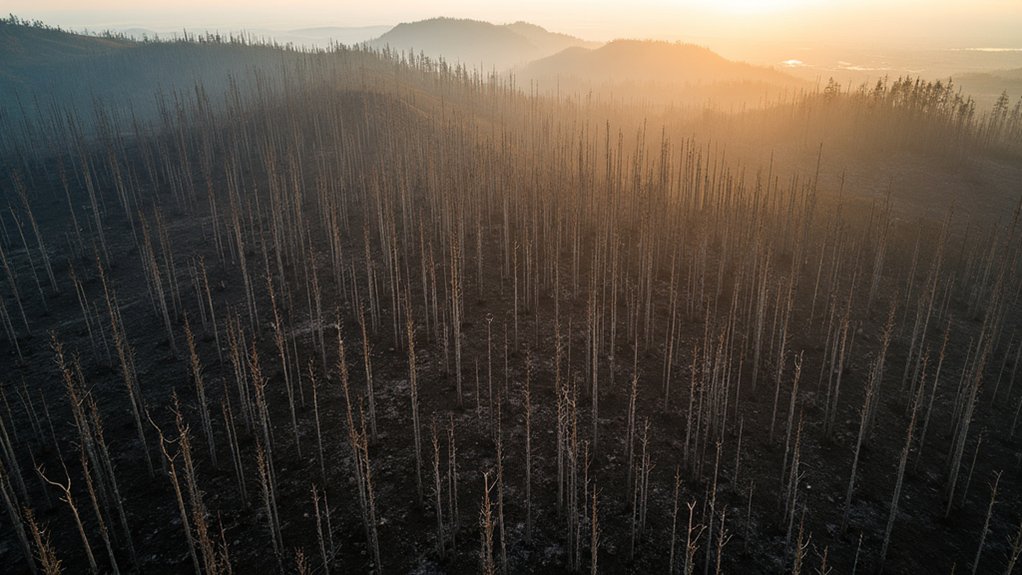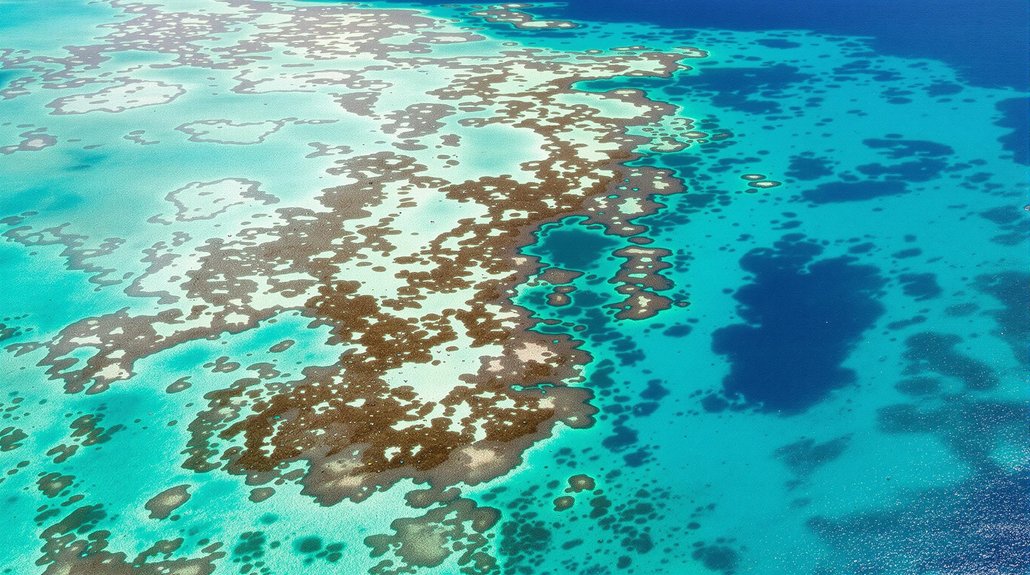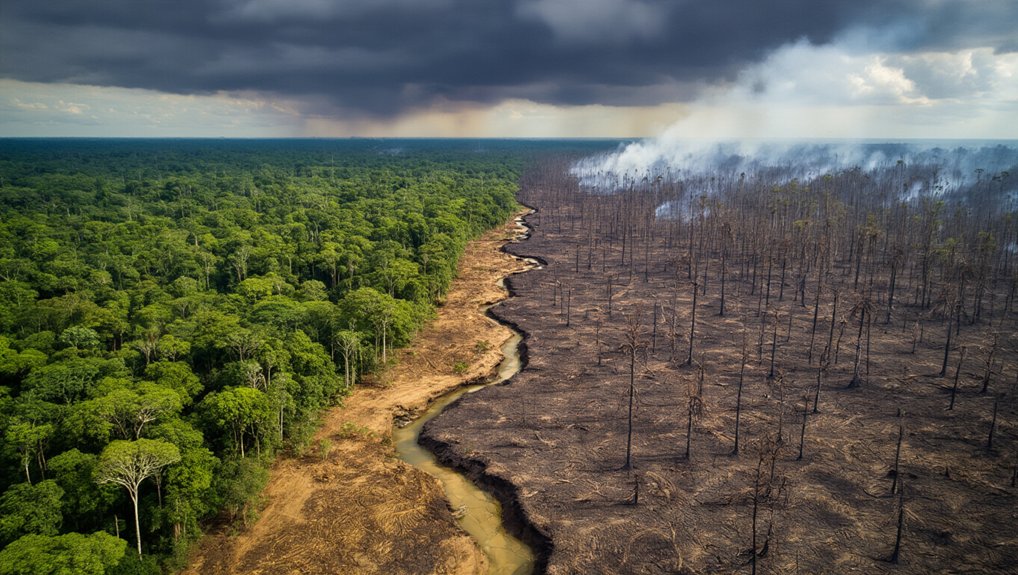China’s desert solar panels are creating unexpected environmental benefits. Scientists have discovered that these massive energy installations in the Kubuqi Desert don’t just generate renewable power—they’re reviving local ecosystems. The panels provide shade, reduce evaporation, and create conditions for plants to thrive in previously barren areas. Wildlife has returned to these transformed spaces. This accidental greening suggests renewable energy projects might offer dual solutions for both climate and conservation challenges.
Thousands of solar panels now stretch across China’s Kubuqi Desert, transforming once barren land into a massive clean energy hub. This project is part of an ambitious plan to create a “solar great wall” extending 400 kilometers long and 5 kilometers wide. By 2030, this wall aims to generate 100 gigawatts of power, with 5.4 gigawatts already installed as of August 2024.
The massive solar installations are carefully positioned in the Kubuqi Desert of Inner Mongolia and the Talatan Desert in Qinghai Province. These areas were selected for their abundant sunshine, flat terrain, and proximity to industrial centers. The Kubuqi desert specifically benefits from persistent winds and 280 days of sunshine annually, making it ideal for renewable energy generation. The panels are arranged in long bands across the dunes, with notable installations including the 2 GW China Three Gorges plant and the unique 300 MW “horse-shaped” Junma station.
Strategic placement in Kubuqi and Talatan deserts maximizes sunshine and industrial connectivity, with innovative designs spanning the dunes.
Scientists have discovered unexpected ecological benefits from these desert solar farms. The panels slow down evaporation and create shade, which helps pasture grasses and crops grow underneath. Research at Gonghe Photovoltaic Park revealed that instead of harming the desert, the solar installations have revitalized local ecosystems.
A thorough study at Talatan Desert examined 57 environmental indicators. Researchers found improved soil humidity and reduced surface temperatures in the panel areas. Plant coverage increased, and new plant species returned to the region. Scientists now classify these ecosystem changes as “irreversible” — in a positive way.
The solar installations serve dual purposes, combining energy production with agricultural opportunities. The moderated conditions beneath panels allow for growing crops in previously unproductive land. Unlike geothermal energy with its efficiency advantages, solar panels in desert applications require supplementary systems to handle nighttime power needs. These projects also create jobs and economic activity in formerly underused regions. With approximately a fifth of landmass as desert, China has strategically leveraged these vast areas for renewable energy development.
China’s desert solar projects contribute considerably to the nation’s climate goals by reducing dependence on fossil fuels. Combined with sister projects, they aim to reach a total capacity of 455 GW, with 60% coming from solar power. The Kubuqi installation alone is expected to generate enough energy to power Beijing, while improving air quality by providing clean energy to nearby industrial areas.
